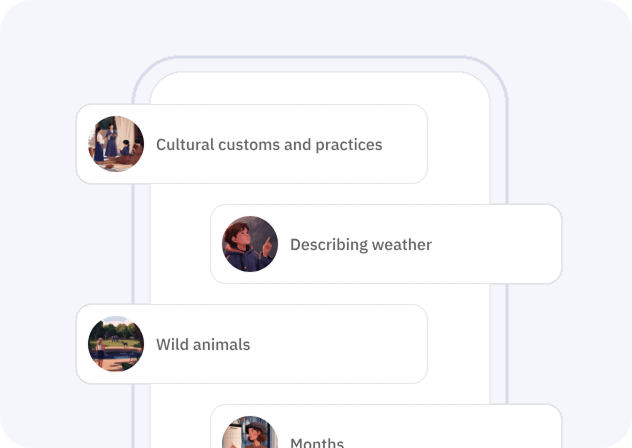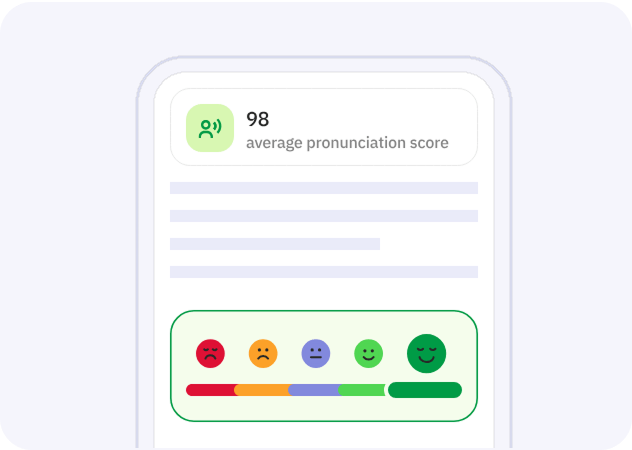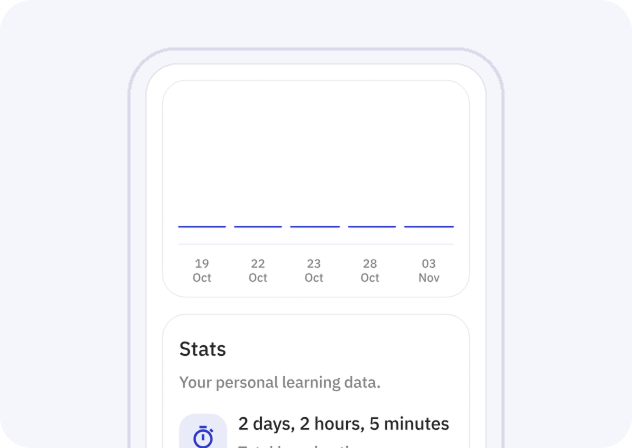The verb "trace" in the English language is used to describe the action of following or outlining something. It often refers to tracking or discovering the path, course, or lineage of an object, a person, or an idea. This can involve drawing the contours or boundaries of a shape or copying something by placing a transparent sheet over it and sketching its lines. Additionally, "trace" can imply searching for or investigating something in order to uncover more details or ascertain its origins. As a versatile verb, "trace" is utilized in various contexts to convey the act of delineating, tracking, or exploring with precision and careful attention.
She used a pencil to trace the outline of the drawing onto a fresh sheet of paper.
Detectives worked tirelessly to trace the suspect's whereabouts on the night of the crime.
With his finger, he gently traced the scars that marked her arm, listening intently as she told her story.
The archaeologist managed to trace the ancient civilization's migration patterns through the artifacts they left behind.
Using a special software, the technician could trace the source of the computer virus to a server in another country.
The child learned to trace letters in his workbook, improving his handwriting skills.
To solve the problem, they had to trace the wiring back through the entire system to find the faulty connection.
The meteorologists were able to trace the path of the hurricane using satellite imagery.
He could trace his family history back to the early settlers of the town through records kept in the local archive.
During the presentation, she used a laser pointer to trace the graphs on the screen, highlighting the significant trends.
I trace the outline of the drawing.
You trace your ancestry back to the 1800s.
He traces the path on the map.
She traces her finger along the text.
It traces the edges of the box.
We trace the history of the artifact.
They trace the source of the leak.
I traced the route we took last summer.
You traced the call to a nearby location.
He traced his family tree last year.
She traced the footsteps in the snow.
It traced the outline perfectly.
We traced the origins of the myth.
They traced the spread of the epidemic.
I will trace the development of the software.
You will trace the money to its source.
He will trace the changes in the policy.
She will trace the artwork back to the Renaissance.
It will trace the perimeter of the field.
We will trace the growth of the population.
They will trace the influence of the novel.
I am tracing the circuit right now.
You are tracing the shadows on the wall.
He is tracing the coordinates as we speak.
She is tracing the lineage of the royal family.
It is tracing the edge as it moves.
We are tracing the growth of the trend.
They are tracing the pattern on the cloth.
The most efficient way to learn a language
Try Talkpal for free
Each individual learns in a unique way. With Talkpal technology, we have the ability to examine how millions of people learn simultaneously and design the most efficient educational platforms, which can be customized for each student.

Receive immediate, personalized feedback and suggestions to accelerate your language mastery.

Learn via methods tailored to your unique style and pace, ensuring a personalized and effective journey to fluency.
Talkpal is an AI-powered language tutor. It’s the most efficient way to learn a language. Chat about an unlimited amount of interesting topics either by writing or speaking while receiving messages with realistic voice.


Talkpal, Inc., 2810 N Church St, Wilmington, Delaware 19802, US
© 2025 All Rights Reserved.